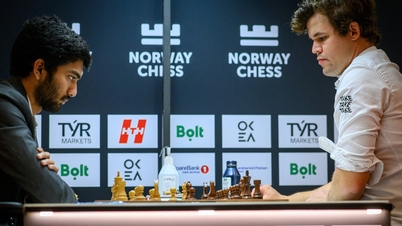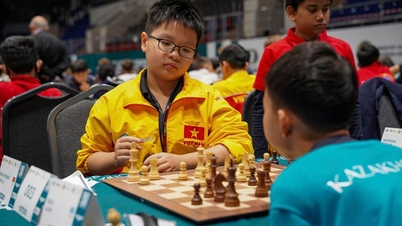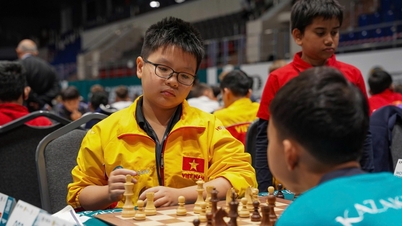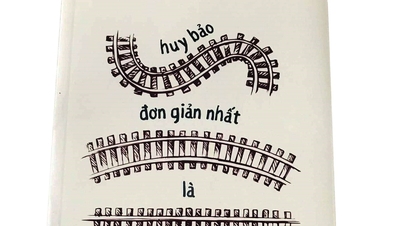
To be promoted, the pawn had to go through many controversies - Photo: Wikipedia
Originated from Chaturanga and Shatranj
The promotion of pawns first appeared in Chaturanga - the predecessor game of chess - which originated in the 6th century in India. Accordingly, when a pawn (foot soldier) reached the opponent's last rank, it would be promoted.
Initially, historians debated the position at which pawns could be promoted. A popular theory was that pawns were only promoted to Mantri (an early form of Queen, moving only one square diagonally) in the sense that a soldier who crossed the entire line of defense would be promoted to a junior officer.
Another, more complex hypothesis is that the pawn will be promoted to the piece that originally stood on that column (except the King column).
When Chaturanga was introduced to the Middle East and became Shatranj (around the 7th century), the rule was simplified: a pawn could only be promoted to Fers (equivalent to Mantri).
15th Century: The Second War Against the Queen
The big turning point came in the 15th century with the advent of the modern Queen, which had the power to move infinitely on the board. This power caused a strong wave of opposition to the promotion rule.
Many players, especially in Italy, in the 18th and early 19th centuries did not accept that a player could possess two queens at the same time. They followed the rule of restricted promotion. Specifically, a pawn could only be promoted to a piece that had been previously captured.
If all of a player's non-pawn pieces remain on the board, the pawn remains in the last row until a piece is captured. It then immediately takes over that piece's role.
The great chess player Philidor was also strongly opposed to having two queens, and included this restriction in all his editions of chess books (1749–1790).
Although restrictive rules apply in many places (like Northern Europe, Russia, and Germany), the global trend is still towards simplicity and flexibility.
By the mid-19th century, especially after Jacob Sarratt's 1828 chess book introduced unrestricted promotion, the rule became popular.
Eventually, the unrestricted promotion rule (which allowed the pawn to promote any piece, even if it was not captured, leading to the possibility of more than one queen) won. It was adopted uniformly worldwide , becoming an integral part of modern chess.
Source: https://tuoitre.vn/luat-chot-phong-cap-duoc-bien-hoa-ra-sao-trong-co-vua-20251025074040607.htm



![[Photo] General Secretary To Lam received the delegation attending the international conference on Vietnam studies](https://vphoto.vietnam.vn/thumb/1200x675/vietnam/resource/IMAGE/2025/10/26/1761456527874_a1-bnd-5260-7947-jpg.webp)
![[Photo] Prime Minister Pham Minh Chinh attends the opening of the 47th ASEAN Summit](https://vphoto.vietnam.vn/thumb/1200x675/vietnam/resource/IMAGE/2025/10/26/1761452925332_c2a-jpg.webp)
![[Photo] Prime Minister Pham Minh Chinh and United Nations Secretary-General Antonio Guterres attend the Press Conference of the Hanoi Convention Signing Ceremony](https://vphoto.vietnam.vn/thumb/1200x675/vietnam/resource/IMAGE/2025/10/25/1761391413866_conguoctt-jpg.webp)





























![[Photo] National Assembly Chairman Tran Thanh Man receives United Nations Secretary-General Antonio Guterres](https://vphoto.vietnam.vn/thumb/1200x675/vietnam/resource/IMAGE/2025/10/25/1761390815792_ctqh-jpg.webp)











































































Comment (0)